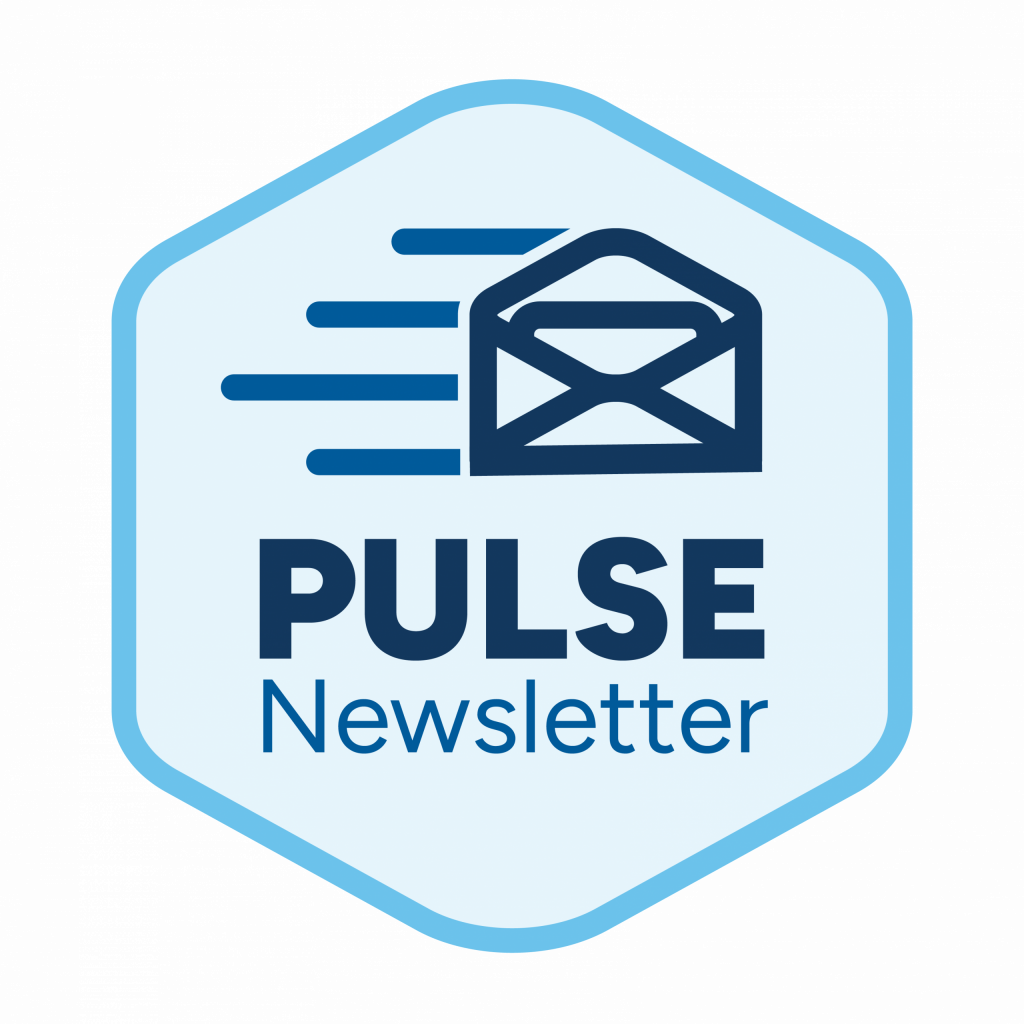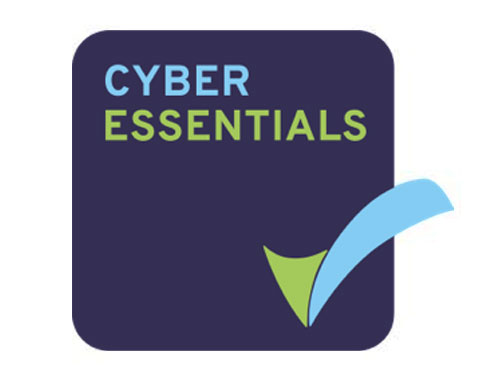Scope Smarter. Onboard Faster. Deliver Sooner.
Set Microsoft Contractors Up for Success from Day One
Microsoft contractor roles aren’t about cultural fit or career paths; they’re about hitting outcomes.
That means scoping and onboarding must center on deliverables, timelines, and accountability, not long-term HR frameworks.
Scoping a Contract Role
Focus on project context
Microsoft contractors want clarity. Spell out the business objective or project phase so they can deliver impact immediately.
Examples to include in your brief:
- Overseeing the QA cycle during a Power Platform rollout
- Stabilizing Azure infrastructure ahead of a global expansion
- Driving the migration to Dynamics 365 Finance & Operations
Be clear on deliverables and milestones
Scope around results. Contractors should know exactly what’s expected and by when.
Examples:
- Run UAT sessions with Sales, Marketing, and Operations before go-live
- Complete migration of legacy CRM into Dynamics 365 by Q2 close
- Build and test a Power BI reporting suite by sprint 6
Define the tech environment
List tools, systems, and integrations upfront so candidates can quickly gauge fit.
Examples:
- Dynamics 365 Finance & Operations with Azure AD and Power Automate
- Microsoft Power Platform integrated with SharePoint and Teams
- Azure DevOps pipelines, GitHub repos, and Jira tracking
Explain dependencies
Show how the contractor fits into the bigger delivery model.
Examples:
- Reporting into the IT Program Director with dotted line to Business Owner
- Knowledge transfer to in-house Dynamics admins on completion
- Coordinating with an external SI handling Azure integrations
Specify timelines and duration
Contractors expect precision around length, extensions, and start dates.
Example:
- Initial three-month contract, extendable based on delivery milestones
- Start immediately; three days remote, two on-site weekly
- End date December 15 with formal handover in final sprint
Include governance
Governance keeps progress on track and ensures accountability.
Best practices:
- Assign a delivery lead to manage outputs
- Set milestone check-ins (weekly or sprint-based)
- Track outputs against scope, not general KPIs
- Use clear documentation for blockers, tasks, and handover
Plan for extensions and offboarding
Plan early to avoid disruption.
For extensions:
- Review deliverables 2–4 weeks ahead of contract end
- Secure contractor availability via recruiter
- Confirm approvals and budget early
For offboarding:
- Introduce replacement resources or internal team before exit
- Define documentation and knowledge transfer deadlines
- Build handover into the initial scope
Onboarding a Contractor
Microsoft contractors don’t need induction packs. They need fast access, clarity, and accountability. Done right, onboarding speeds results. Done poorly, it wastes money and trust.
Clear deliverables from day one
Ambiguity kills performance. Share and revisit the scope continuously.
What to include:
- Clear success metrics (functional or commercial)
- Specific Dynamics 365 modules or Azure tasks
- Sprint-linked deadlines
- Known dependencies
Replace “support the ERP team” with “Deliver Dynamics 365 Sales module customization by week 5, including full test coverage and documentation.”
Provide system access and SMEs
No credentials, no delivery. Ensure access is granted before day one.
Checklist:
- Azure AD, Dynamics, and Power Platform logins
- Named SMEs for each system area
- Documentation repositories
- Licenses for required tools
Add IT access provisioning to recruiter/hiring manager checklists.
Assign a single point of contact
Clear ownership avoids delays and confusion.
A strong PoC:
- Knows Microsoft environment context
- Can approve or escalate quickly
- Available for frequent check-ins
- Keeps stakeholder communication consistent
Build real-time feedback loops
Fast delivery needs fast feedback.
How to run them:
- Weekly or biweekly syncs with PoC
- Simple agenda: done / blocked / next
- Immediate review of outputs
- Share scope updates as they happen
Centralize updates in Teams channels or DevOps boards.
Contractor Onboarding Cheat Sheet
To maximize impact, always:
Lock in scope and objectives
tie deliverables directly to project milestones and measurable targets.
Enable access before day one
without working logins, productivity stalls immediately.
Assign a single point of contact
avoid confusion or conflicting direction.
Set team operating norms
working hours, sprint cadences, and compliance rules upfront.
Keep feedback tight
short check-ins and quick reviews to stay aligned.
Capture knowledge continuously
document outputs during delivery, not just at the end.
Track visibility openly
use shared boards or dashboards to show progress in real time.
Plan the exit from the start
define handover deliverables and asset transfers early.




